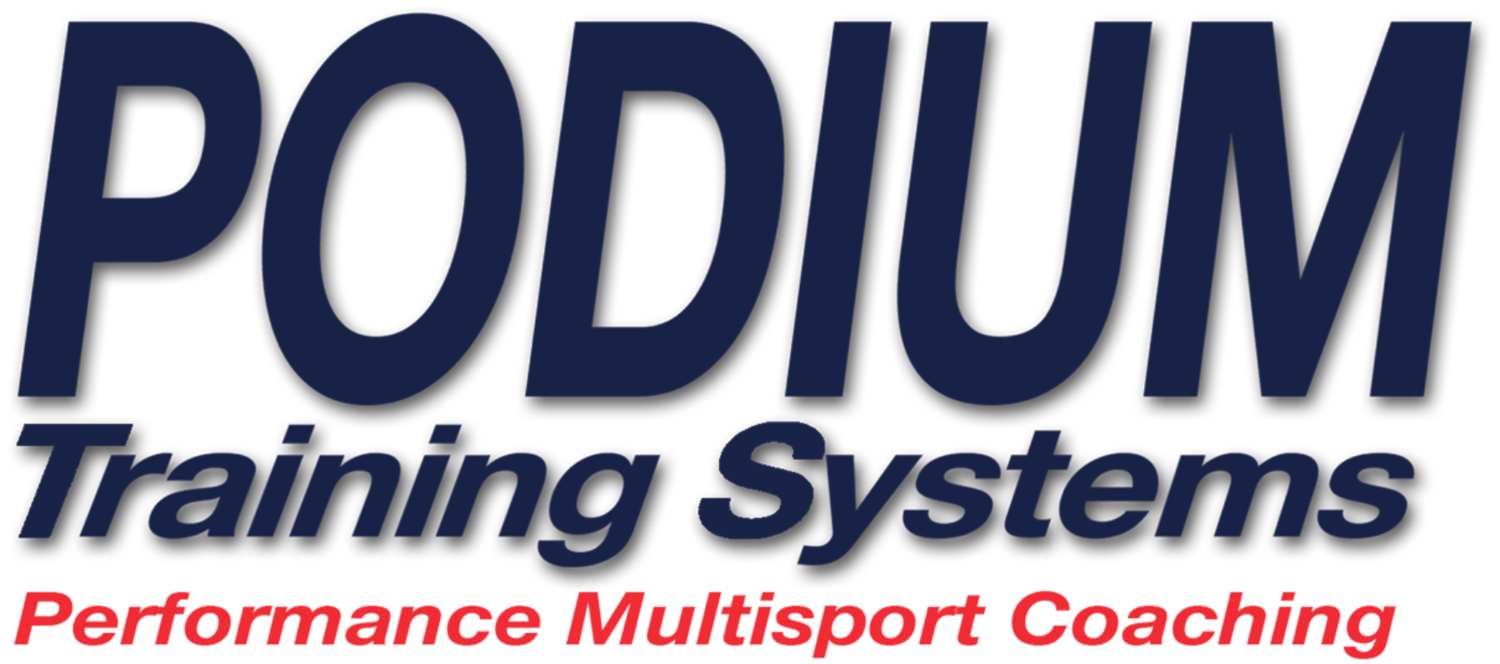Improving running economy is a goal of every coach. There are two primary ways to achieve these gains. First, through bio-mechanical efficiency, and second via physiological improvements.
So, how does one begin to find these improvements? Video analysis of running mechanics is the first step.
Using the video analysis program and tools of choice, you and your coach can look to ensure a number that a number of things are occuring:
Foot strike is under the center mass of the body
Good foot plant / contact - mid foot strike ideally.
No over-stride
Good shin angle and knee flexion
Running cadence of around 180-200
Minimal bounce and hip drop
Ensuring the “Three C’s”:
Body is compact and linear.
All appendages are connected
An effective cadence in stride is in place
Once the limiters of your athletes run mechanics have been determined, you would begin to incorporate drills to remediate the flaws in running form. For example, working on the bio-energetics & functional range of motion of your athlete, while focusing on a under center mass foot strike, using harness & tire pull work.
The end goal here is to allow the athlete to be able to run, all out, without compromising form. Depending on the limiters in question, your coach can assist with the drills to incorporate to ensure that your run is as bio-mechanically sound as possible.
Once your run mechanics are dialed, and mechanical economy is gained, you can then shift focus on to the physiological side of economy improvement:
First, begin to employ fractionalization in speed training.
By this I mean a break up of the overall training distance to shorter efforts of higher intensity - sometimes up to race pace - with enough recovery between these efforts to maintain that intensity. By incorporating varying prescriptions to work on all of the energy systems (aerobic, anaerobic, to VO2), one can facilitate the improvement of threshold HR and pace, lactic acid tolerance, and the ability to improve VO2 pace.
Then, by slowly increasing the distances covered at higher intensities and HR, we can then improve the overall anaerobic endurance and improve your race day pace.
Working on energy systems is massively important once the physical mechanics have been dialed in. Without working all aspects physiologically your pace will never increase along with your ability to hold faster efforts over longer distances. There are many ways to ensure that the energy systems are being worked properly. Including workouts such as tempo runs, speed-work at the track, "K-Pump" (Potassium ion) training theory, and many other types of higher quality workouts is key. And this includes recovery runs. Speed work and anaerobic sessions are important, but without proper recovery the body physiologically will not adapt to the work that is being placed upon it. If that doesn't happen, improvements may cease, or move in the opposite direction.
Obviously this is a complicated subject and is something that requires time, effort, and structured training prescriptions to achieve desired improvements. The types of workouts that can and should be implemented many. But depending on you needs and ability, a structured plan can be implemented to ensure that improvements come sooner rather than later.
Questions? Contact Dave to schedule up a free 30 minute consultation on the subject!

